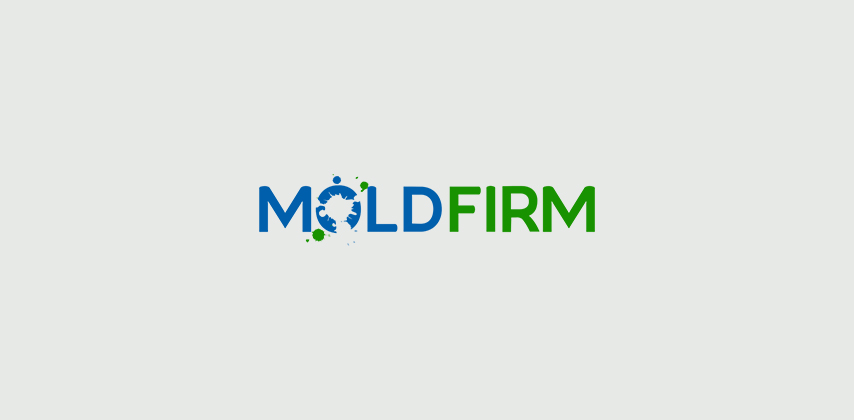Are you a Homeowner who experienced a financial loss because of construction defects?
What Does Air Allergen Provide in the Environmental Report?

What Does Air Allergen Provide in the Environmental Report?
Carson Jeffries: Good morning, I’m Carson Jeffries with the Mold Firm and I’m here today with long-time friend and owner of Air Allergen & Mold Testing.
Richard Johnson: My name is Richard Johnson and I’m the President/CEO of Air Allergen & Mold Testing.
We not only provide the report from the laboratory. And a lot of inspectors will just provide that report, and they enhance it, they call it their expanded report and they’ll put some colored graphs in there and that kind of thing. But they honestly in many cases don’t fully explain where it might be coming from. And, if they do say where it’s coming from, they don’t necessarily say what to do about it to take care of it. And, presuming that everyone is operating honestly and professionally and all that kind of thing, in trying to deal with these things, we find a lot of times when we do clearance test these things after work had been done that they have not passed. And almost every single time when that happens we say, “Well, did you take this step that we outlined in there, you know, did you take this step, did you encapsulate it afterwards, did you vacuum it off, and that kind of thing?” And they say, “Well, no. you know, I didn’t do that. Here’s what I did.’ And they don’t take the proper steps. We put the proper steps in our report about how to do that, and we put remediation guidelines and safety precautions in there if things are needed, so the people can protect themselves from it.
A common kind of a thing that’s not well known or not talked about a lot is someone will have some mold on the wall where there’s been a leak, potentially from maybe another unit or something in the bathroom on the other side of the wall or something on that unit. And so they’ll take bleach and they’ll clean it with it. And then a few days later, they’ll have mold growing there and they’ll say, “I don’t know what to do, I put bleach on it, it killed it all, I cleaned it all up and then a few days later we had more mold.” Well, what’s happening is that the bleach will kill the mold, but the spores are very, very difficult to kill. If you use chemicals strong enough to kill spores, you’re probably going to harm the people or the few chemicals that are involved. Most of them are harmful to the people. So when you clean a surface like that, bleach is not a good alternative because it’ll kill the mold, it doesn’t kill the spores. The chlorine, having a lower vapor pressure than the water, will evaporate first. It leaves the water and that’s all that the spores need to start to grow again. So it didn’t come back because it was the same mold, it came back because you left the conditions there to grow new mold. And whether or not the spores were left there, which is most likely, or whether they landed there from being in the air and found a convenient place to grow, you wind up with mold growing back again. So bleach on porous materials is not a good alternative, but oftentimes when we talk particularly with tenants, the landlords or the maintenance people will say, “Hey, we’ll go just put some bleach on it and everything will be wonderful.”
Carson: Yeah, my clients hear that all the time. So not only is the bleach not effective in killing the mold long-term, but it can actually exacerbate the problem.
Richard: That’s exactly right, because you’re adding water into the environment.

